
HUGO ALEXANDRE
FERREIRA
MD, MScEng, PhD
I am curious about everything.
Always trying to think and do differently.
To go further and beyond!


RESEARCH PROJECTS

Here, I briefly describe my PhD thesis work and my current research projects

Emotional lighting by Marta Ribeiro. See her website for the project below!

based on electrovibration by Fábio Nascimento.
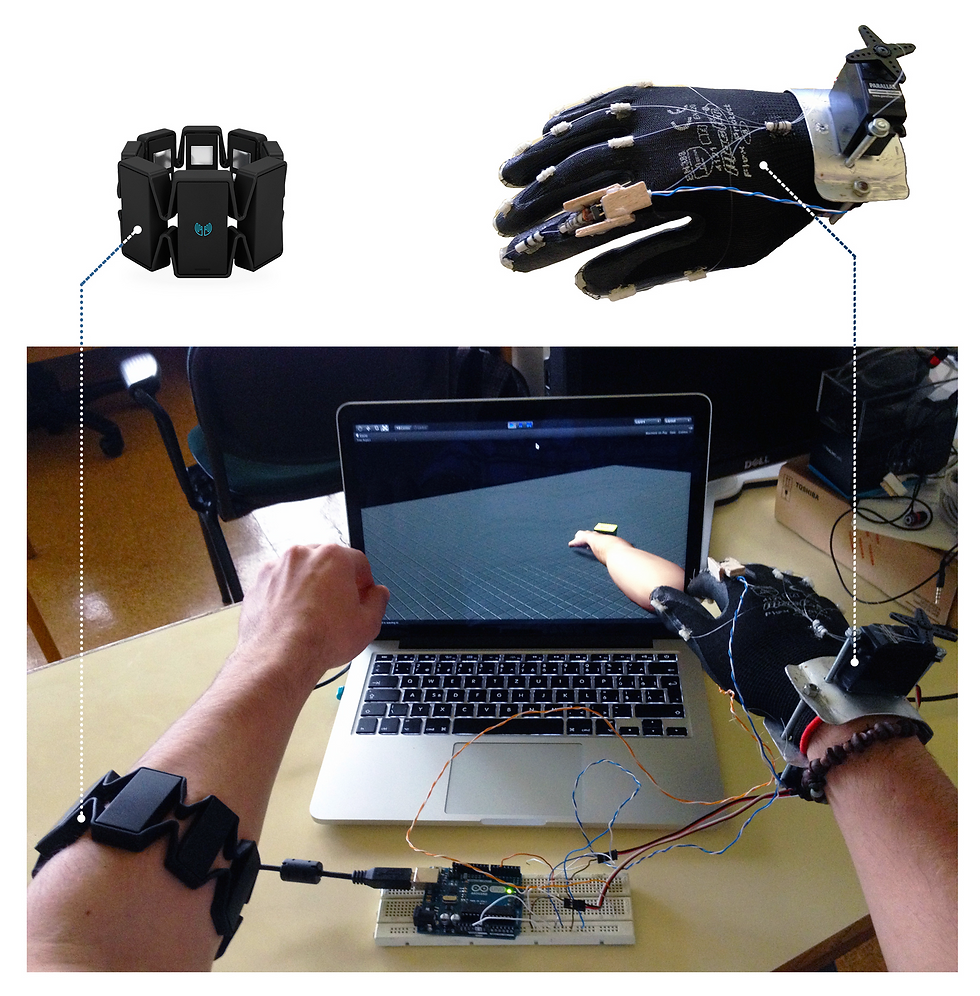
Based on wearable Myo interface, Arduino and in-house developed robotic glove, and Unity3D game (by Rastislav Lipovsky)

Emotional lighting by Marta Ribeiro. See her website for the project below!
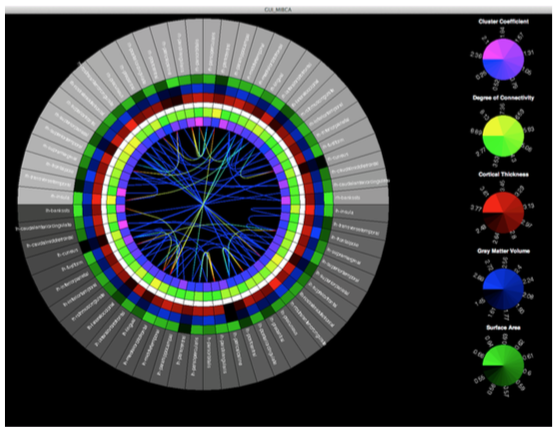
by André Santos Ribeiro


Dynamic connectivity of resting state in collaboration with the Institute of Knowledge Discovery (BCI-Lab), Technical University of Graz (by Ricardo Maximiano).

by André Santos Ribeiro

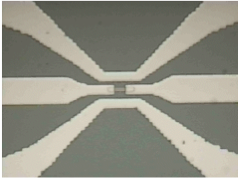
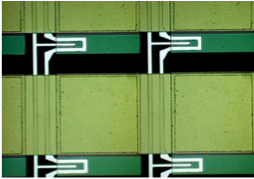

MAGNETORESISTIVE BIOCHIPS
During this thesis, magnetic field based chips were developed for the detection of biomolecular recognition using magnetic particles as biomolecular labels. Chips were designed and fabricated using different magnetoresistive sensors such as planar Hall sensors; spin valves and magnetic tunnel junctions, in order to assess their performance.
On the other hand, magnetic particles of different compositions and sizes, from micrometers down to nanometers, and with distinct surface functionalities were also investigated for their suitability as biomolecular labels.
In addition, on-chip metal line structures based on tapered and u-shape designs were developed and integrated with the sensors for transport and focusing of the magnetic labels. These structures were later used to promote the rate at which biomolecular recognition events happen at the chip surface, overcoming passive diffusion limits and enabling the detection of hybridization between complementary DNA strands in less than 5 minutes for low sample concentrations.
In early stages, the developed platform was used to demonstrate biomolecular recognition using several biological models, ranging from biotin-streptavidin binding to antibody-ligand recognition and DNA hybridization. Later on, starting from these proof-of-concept studies, biosensing systems started to be developed toward two applications: the diagnostics of cystic fibrosis, a genetic disease, and the detection of waterborne pathogens.
Finally, and effort was also done and is still on going towards the development of an integrated Lab-on-a-Chip system, for full sample treatment and analysis.
This work was done at INESC-MN and BERG/IST under the supervision of Profs. Paulo Peixeiro de Freitas and Joaquim Sampaio Cabral, respectively.
BRAIN CONNECTIVITY
Psychiatric illnesses are diseases of the mind/brain in which emotions, behavior, cognition and perception are altered. The diagnosis of psychiatric illnesses is mostly based in clinical history and neuropsychological testing, as generally, serological, electrophysiological and imaging examinations are negative. A recent approach named brain connectivity, in which the brain is studied in a sophisticated manner looking for structural and functional relations between brain regions, has been shining a new light on the workings of the brain. In particular, using neuroimaging-based brain connectivity analysis, it has been possible to demonstrate that psychiatric illnesses can be understood as “disconnection diseases”, that is, resulting from the dysfunction of brain’s “electrical circuits”. Nowadays, this approach is rapidly transforming the way we see the brain/mind and improving the diagnosis of psychiatric, as well as, neurological illnesses.
At the Institute of Biophysics and Biomedical Engineering (IBEB) of the Faculty of Sciences of the University of Lisbon, and in collaboration with various national and international institutions, we have been researching the topic of brain connectivity, developing novel tools for the analysis and visualization of brain connectivity, and applying these tools to the study of various psychiatric and neurological illnesses.
PHYSIOLOGICAL COMPUTING
This is a hype field of research which I started recently at IBEB. The concept of physiological computing is the use of physiological signals to interface with computers and other devices; it is therefore closely related to human-computer interfaces. In our case we have been exploring the field in several fronts and using a gaming inspired approach including: game development engines; gaming/wearable devices; and gamification concepts. The goal is to develop applications and devices that are highly performant and low-cost such to be able to massify their use in the medical field, either at the hospital setting or at home, for prevention, treatment or rehabilitation. Further, we are applying startegies employed in video games to engage users, as we feel that the emotional and motivational situation of a patient deeply influences the outcome and success of medical intervention.
MICROVASCULAR RESEARCH
In collaboration with CBIOS we are studying skin microvasculature using advanced techniques such as Laser Doppler Flowmetry and MR microscopy/histology, and applying advanced data analysis methods such as wavelet transforms, empirical mode decompositon, detrended fluctuation analysis and multi-scale entropy analysis.

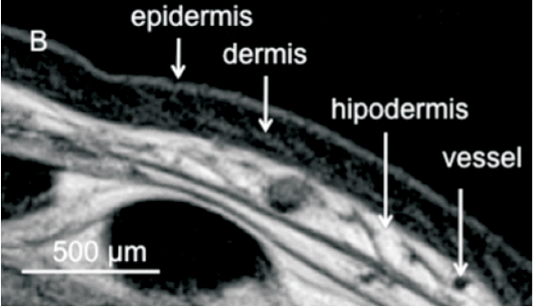
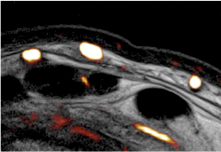


Research supported by Fundação para a Ciência e Tecnologia (FCT) and Ministério da Ciência e Educação (MCE) Portugal (PIDDAC) under grants UID/BIO/00645/2013 and PTDC/SAU-ENB/120718/2010.

ONCOLOGY IMAGING
At IBEB we are pushing the edge in cancer diagnosis and pre-surgical planning in breast and brain, especially resourcing to Magnetic Resonance Imaging. We were the first in the world to apply Diffusion Kurtosis Imaging (DKI) in breast, and results have been showing that the mean kurtosis parameter has the potential to discriminate between breast tumor histological sub-types. We also are the first to apply DKI for improving tractography in patients with space-occupying lesions. In pre-surgical planning we are also applying various functional paradigms (e.g. motor and language), additionally we are using resting state fMRI data to complement task-based data, especially in non-cooperating patients. More recently, we started studying non-gaussian models of diffusion in prostate cancer.


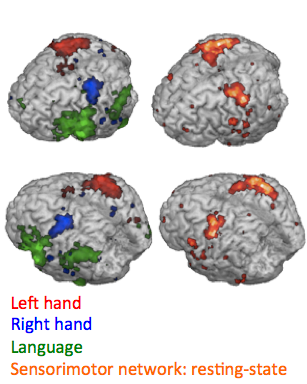
for assessment of the sensoriomotor regions and laguage centres (with Joana Ramalho)

for improved diagnosis of adenocarcinoma (with Dr. João Carlos Costa)

NANOMEDICINE AND REGENERATIVE MEDICINE
IThis feels like a full circle. I started by PhD in the nanomedicine field, developing novel magnetoresistive biosensors and biochips, studying both physics, material sciences, electronics, programming, chemistry, and molecular and cell biology. Then I moved into learning medical imaging and physiological signal processing and analysis, and human-interfaces. Now, I am putting all together! In various collaborative efforts we are developing "smart" materials like polycaprolactone + magnetic nanoparticles that can be used for tissue engineering scaffolds, drug-delivery and hyperthermia. These materials can also be used to make tiny magnetic field actuated devices. What I am focusing now is in the field of Nanorobotics guided using MRI for multipurpose applications in cancer research and in the MRI tracking of therapeutic cell (e.g. stem cells) for tissue regeneration!


Fibula 3D Mesh for printing (by Francisco Geraldes and Ricardo Meneses). Tissue Engineering and Artificial Organs class 2015.
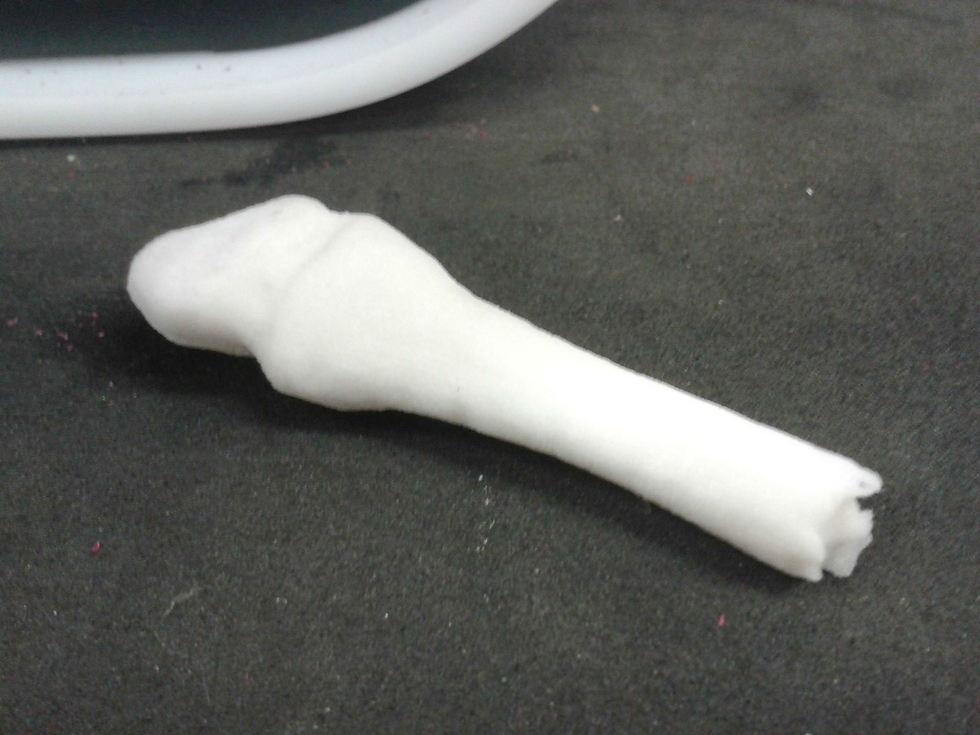
Fibula model printed in poly-lactic acid polymer (by Francisco Geraldes and Ricardo Meneses).Tissue Engineering and Artificial Organs class 2015.

Apparatus for guiding magnetic devices using external magnetic fields and magnetic field gradients (by Patricia Zoio)

Fibula 3D Mesh for printing (by Francisco Geraldes and Ricardo Meneses). Tissue Engineering and Artificial Organs class 2015.





